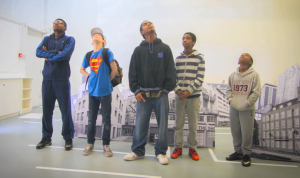
Online
Fortnightly Highlight 5: What Would You Make A Video About?
–
Dear friends,
In a recent conversation, a friend and I were reflecting on how the current pandemic and the enduring struggle for social justice and equality carries dramatic losses, individual and communal. Individually, we mourn people dear to us – for some parents, grandparents, children, friends, or neighbours. Collectively, we regret the loss of people we did not know – people we would have never even met. We are also losing a generation of reference; people that have marked vital episodes of our recent history. Their critical inputs were sometimes canonical, sometimes counter-cultural. Whatever they were, they have already been part of a film, or they will be one day.
‘What would you make a film about?’ asked Ed Webb-Ingall to the neighbours of the Church Street area in his project People Make Videos, during a workshop that took place in summer 2016. Today, if I were to make a film about something, it would be about everyday life. Particularly now, as screens have come to define a substantial part of our lives.
I would dedicate the film to everything that is left out of the picture. And, I don’t mean the books on those shelves. I mean whatever is happening in the room we see behind the person in the right upper corner; the encoded sound that sneaks in through the computer’s microphone; what happens once the conversation or the meeting is over.
With these thoughts in mind this week, I have turned my interest to The Showroom’s projects around community video and television. Over the years, former colleagues Emily Pethick and Louise Shelley curated these with an emphasis on people’s agency in claiming their power to narrate through collected images and voices – the ability and will to protest overcoming individual or collective fears. Because somehow, today like then, we feel sheltered among others, we feel ourselves while amongst people.
This Fortnightly Highlight would not be possible without artist Anton Kats and members of the Fourth Feathers Youth Club and Community Centre, a collaborative archive we are updating with new content. And artist Ed Webb-Ingall, whose doctoral research on community videos in the 1970s was carried out partly in partnership with the London Community Video Archive and Church Street area locals. To Anton and Ed, thank you for your work then and now. And to our Church Street neighbourhood, a community that for years has been contributing to make this organisation a hub for caring and communal collaboration – we miss you dearly.
Warmly,
E
Elvira Dyangani Ose
Director, The Showroom
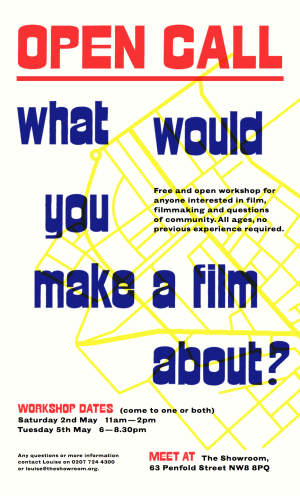
People Make Videos
Between 2015 and 2017, as part of the Communal Knowledge programme, artist Ed Webb-Ingall and four local groups worked together to address the history of community video practice in London from the 1970s. The collaboration engaged and facilitated a series of new community video projects through meetings, screenings and workshops. Through projections of archival videos to relevant community groups, based on interest, identity or locality, the project generated new videos, enacting techniques and approaches carried out in the production of the original films in the 1970s.
WATCH: People Make Videos
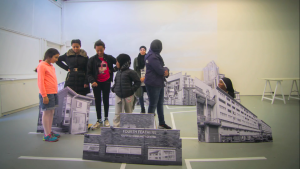
Since 2013, artist Anton Kats collaborated with Fourth Feathers Youth Club and Community Centre on a series of workshops that culminated in 2016 in the project Fourth Feathers TV. Take Over: Gallery as a Neighbourhood Model, creating an open, community-based TV station inviting members and visitors to join. Take Over proposed a platform to practically address current questions of access and housing in the Church Street Area asking how the potential of a locally run TV station could be considered for community action.
Take Over proposed a space to explore methods of co-research and artistic investigation. The FFTV team interchanged and alternated the roles of camera operators, commentators, filmmakers, journalists and audience, and developed an evolving series of episodes around social and political issues.
WATCH: A previously unreleased stop-motion video produced by Kats in 2014, in collaboration with members of the workshop.
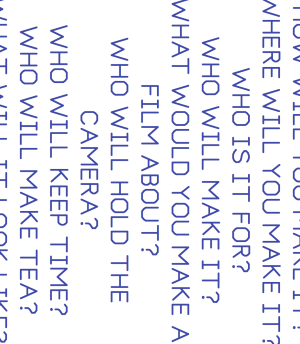
People Make Videos: A manual for making community videos
The manual is a result of Ed’s project, working with a range of groups and individuals local to The Showroom to practice and extend methodologies to create new videos exploring ideas of ‘community’. The publication operates as a manual for setting up your own community video group, with workshop exercises, pages to copy and use for storyboarding, suggestions for structuring meetings and working with a commitment to collaboration.
The publication is available to download on The Library
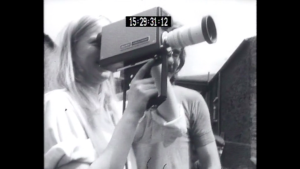
London Community Video Archive
Based at Goldsmiths, University of London, the London Community Video Archive (LCVA) preserves, archives and shares community videos made in the 1970s and 1980s in London and the South East.
Portable video recording — now a technology routinely embodied in smartphones — became available for the very first time in the early 1970s, making it possible for individuals and communities to make their own films. The medium was taken up by those ignored or under-represented in the mainstream media – tenants on housing estates, community action groups, women, black and minority ethnic groups, youth, gay and lesbian people, and disabled people. With an overriding commitment to social empowerment and to combating exclusion, ‘Community Video’ dealt with issues which still have a contemporary resonance — housing, play-space, discrimination, youth arts.
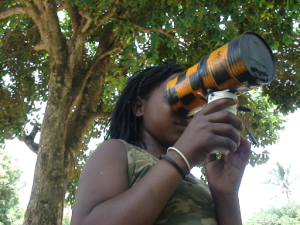
Neokinok / Experimental TV
An artist and audiovisual producer, Daniel Miracle has worked in different areas across art, education, international cooperation, communication, computer technology and electronics. In 1998 he created the collective Neokinok, who are involved in the research and development of experimental television. Neokinok’s projects include TVLATA and ExperimentalTV, among others.
ExperimentalTV is an open source, live streaming and mediabase management web application developed by Neokinok, coded by Jordi Berenguer with the collaboration of Miracle. It offers an extraordinary array of Community Video projects from across the world, including Brasil, Peru or Spain.
Related
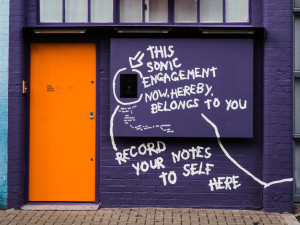
Online
Fortnightly Highlight 3: There Are Other Ways
–
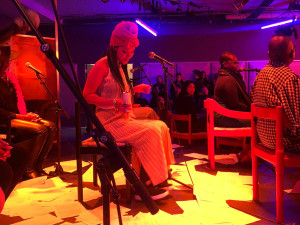
Online
Fortnightly Highlight 2: Collective Isolation
–
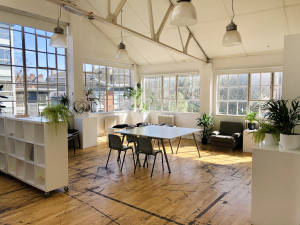
Online
Fortnightly Highlight 1: An Interlude
–
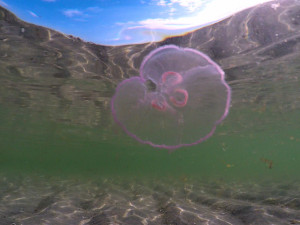
Online
Fortnightly Highlight 6: Poetic Imaginaries
–
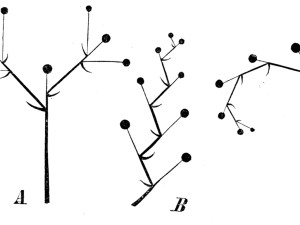
Online
Fortnightly Highlight 9: IN·FLO·RES·CENCE
–
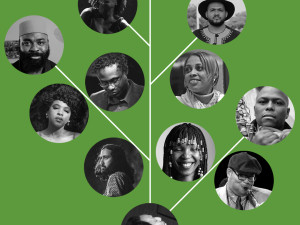
Online
Fortnightly Highlight 10: IN·FLO·RES·CENCE Unfolding
–
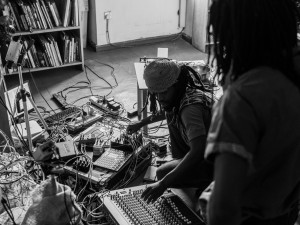
Online
Fortnightly Highlight 11: Sǒ bàtú — To bathe one’s ears
–
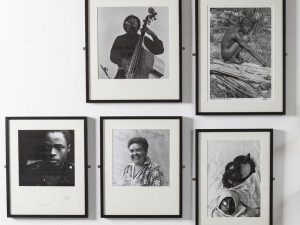
Online
Fortnightly Highlight 7: Soul Searching
–
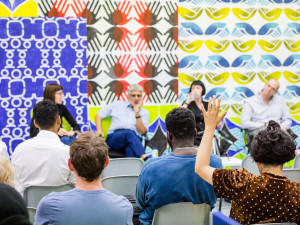
Online
Fortnightly Highlight 4: There Is No Alternative
–
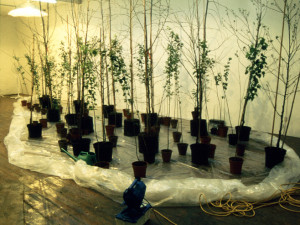
Text
Christina Mackie: IIP
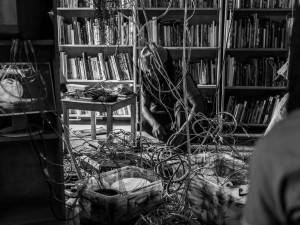
Video
Em’kal Eyongakpa at CCA Lagos
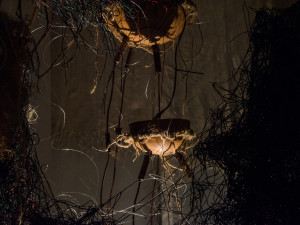
Video
Em’kal Eyongakpa, mɔ ntaï Tabindɛ